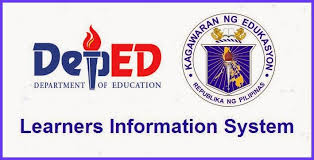
| ABOUT US: |

| Oma-Oma Elementary School is situated in barangay Oma-Oma, Ligao City, Purok 1-Centro lot No. 4963. It was established in 1959 and founded by a certain Mr. Carlito Delfino. The school site was donated by a couple named Teofilo Garcia and Maria Ponting. It has an area of 1 hectare portion (10,000 square meter more or less).It’s distance is approximately 29 km from the city proper. The barangay belongs to the upland cluster of barangays .It is accessible through an all-weather type of road. There are newly constructed INFRES and GMA road. It is bounded in the North by Barangay Tastas, on the south by Barangay Tupas,on the east by Barangay Tiongson,and on the west by Barangay Busac. It is now a well-developed barangay in upland. The 389 households of the barangay are distributed in the total land area of 1,011.7003 hectares and have terrain characteristics of 252 plain, 15% hills and about 60% mountainous. It has a total population of 1, 849. The barangay has a fair climate which is conducive for agricultural ventures that is why one of the major sources of livelihood of the people is farming. Some are engaged in livestock raising and coconut production, while some of the residents are professionals. Facilities found in the barangay are two (2) Day Care Centers for the preschoolers, a barangay hall, a barangay health center, three Multi- purpose pavements, a waiting shed, four (4) chapels of different religious denominations, a farmer’s training center, a basketball court, a solar dryer, and a footbridge. Oma-Oma Elementary School has 12 teachers, headed by a principal 1.It has one 1 administrative aide and one (1) janitor. As of March 2016, it has a total enrolment of ¬¬361 pupils from Kindergarten to Grade six. It is one of the medium schools in Ligao City Division. Religious instruction is being conducted in the school every Wednesday by the catechists of the Roman Catholic. This helps the pupils to develop their human, social and moral values. All education stakeholders in the school and community such as school head, teachers, parents, community leaders and the learners themselves are helping each other to ensure continuous improvement of the school. |
| LINK |

SDO Ligao Unnumbered Memoranda


